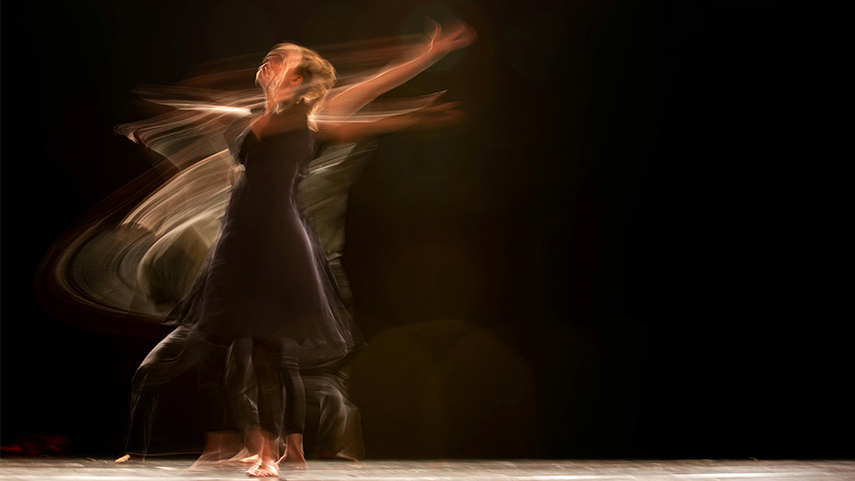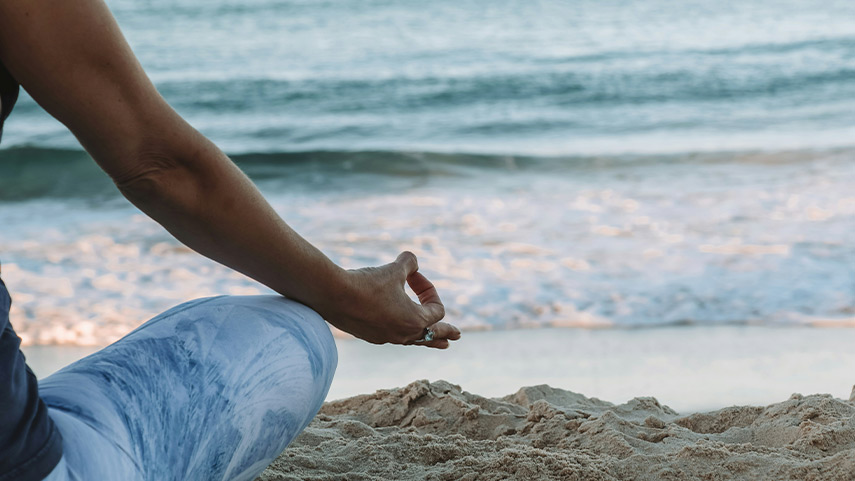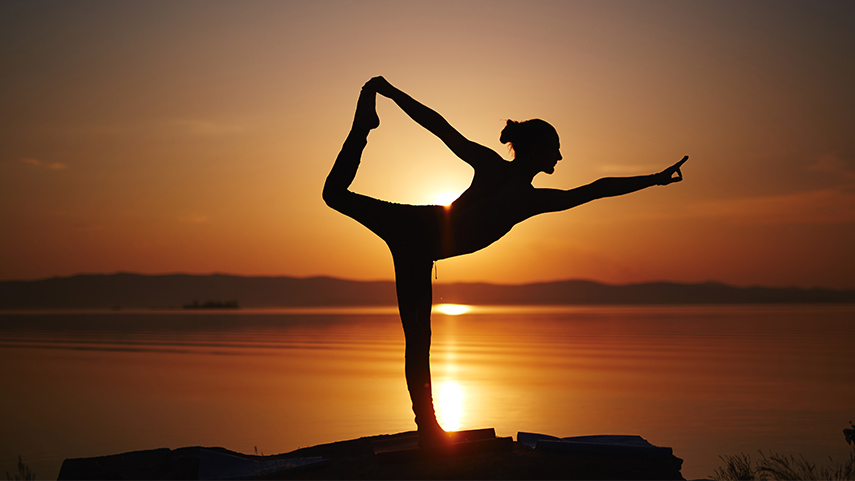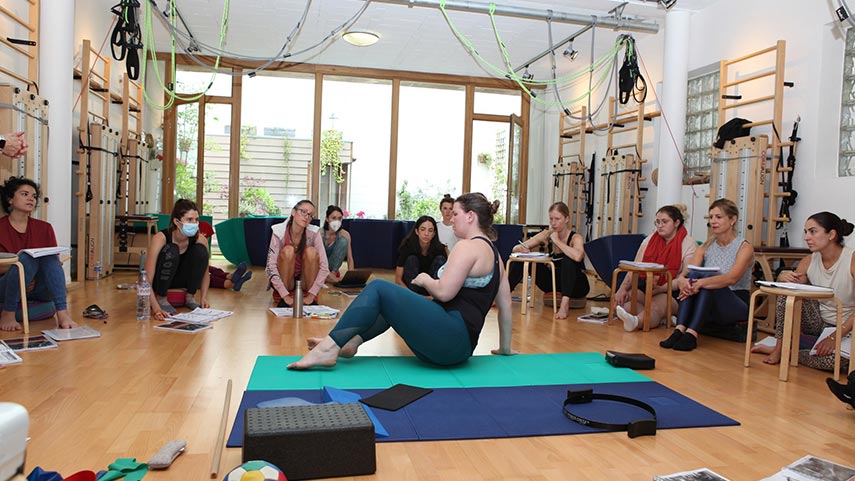Pilates and the Polyvagal Theory: Calming the System from the Core
What if movement could do more than strengthen your body — what if it could regulate your nervous system, lower anxiety, improve digestion, help you sleep deeper, and rebuild your sense of internal safety? This isn’t a wellness fantasy. It’s polyvagal-informed Pilates.
The polyvagal theory, developed by neuroscientist Dr. Stephen Porges, offers a new way of understanding how our bodies respond to stress. And when paired with breath-led, center-focused Pilates, it unlocks something profound: the body’s ability to shift from survival to resilience — using movement.
The Polyvagal System in Simple Terms
Our nervous system is constantly scanning for safety or threat. This “neuroception” — an unconscious process — determines how we feel and behave:
- Fight/Flight (Sympathetic): when we feel unsafe, the body gears up. Muscles tense, breath shortens, digestion slows.
- Freeze/Shutdown (Dorsal Vagal): when we feel overwhelmed, we disconnect. Energy drops, emotions numb, posture collapses.
- Safe/Connected (Ventral Vagal): when we feel secure, we can engage, move with flow, and recover well.
The goal isn’t to avoid stress. It’s to return to balance more easily. Pilates helps build that pathway.
Why Movement Regulates the Nervous System
Movement isn’t just mechanical — it’s neurochemical. When we breathe deeply, align the spine, and activate the core, we’re not only working muscles. We’re activating the ventral vagal system, sending signals of safety from the body upward to the brain.
This is the opposite of most “top-down” stress approaches. With Pilates, we go bottom-up:
- Breath tells the brain it’s okay.
- Core support signals stability.
- Controlled movement slows the system.
In other words: you move like someone who is safe, and the brain believes it.
Breath as the Regulator
In classical Pilates, breath isn’t just a rhythm — it’s a strategy. Coordinated exhalation activates the parasympathetic system, while diaphragmatic breath calms the heart rate and improves vagal tone.
Over time, this strengthens your resilience circuit — the system responsible for bringing you back to calm.
It’s why clients often say things like:
“I came in anxious and left feeling grounded.”
“I feel like I’m breathing fully for the first time in days.”These aren’t side effects.
They’re the point.
Core = Center = Safety
The physical “core” in Pilates — your deep abdominals, pelvic floor, diaphragm, and spinal stabilizers — has a psychological role too. When this center is strong and responsive, the body feels more secure.
A stable core creates:
- Better proprioception (sense of body in space)
- Improved postural tone (open, upright, alert)
- Reduced hypervigilance (less “on edge”)
All of these signal ventral vagal safety. The body moves out of defense and into flow.
Slowness Is the Medicine
Fast workouts can bypass the nervous system entirely. If the brain still feels threatened, more reps and more sweat won’t bring regulation — they may reinforce dysregulation.
That’s why Pilates teaches slowness with control. This is not a limitation — it’s a therapeutic dose of safety. Each slow transition, each controlled breath, tells your system:
“You’re safe. You can soften. You can reset.”
Trauma, Recovery, and Reconnection
For those with trauma histories, chronic stress, or nervous system dysregulation, Pilates offers a structured but non-invasive entry point to healing. You don’t have to talk. You don’t have to push. You just move — slowly, with breath, with guidance.
This process:
- Helps re-establish body ownership (interoception)
- Builds trust between sensation and response
- Replaces collapse with quiet strength
It’s somatic healing, without needing to relive anything. Just breath, movement, and the return of self-regulation.
Why This Matters at Corpus Studios™
Every session is a chance to tune into what the body is whispering — not just through posture or position, but through breath, tension, ease, and resistance.
Our instructors are trained to notice more than alignment. We observe nervous system cues: how someone holds their breath, when their eyes dart, how the body braces or softens in transition. These signs tell a deeper story — one we work with, not against.
We don’t rush people through exercises. We offer space. We help clients find a rhythm that supports not just strength, but regulation. Whether someone walks in feeling depleted, distracted, or disconnected, the goal isn’t to “fix” them — it’s to guide them back to safety, agency, and trust in their own system.
This is what it means to teach movement with nervous system awareness. And it’s why Pilates at Corpus Studios™ feels different — because it is different.
Whether you’re recovering from stress, seeking more balance, or looking to feel at home in your body again, our approach to Pilates supports more than muscles. It nurtures safety, autonomy, and long-term resilience.
Movement doesn’t have to be a stressor. It can be a signal of safety. And at Corpus Studios™, we help you move like someone who feels safe — until that safety becomes second nature.





